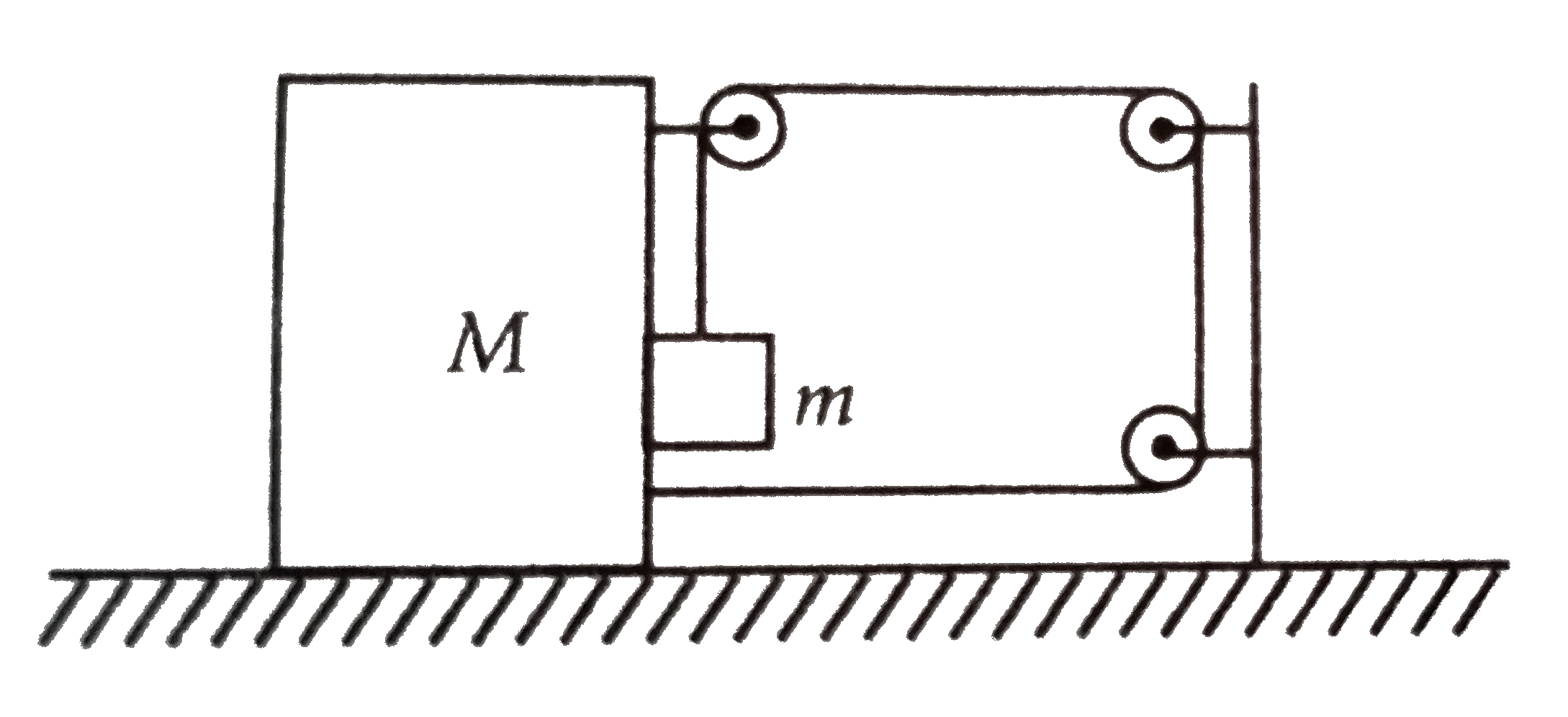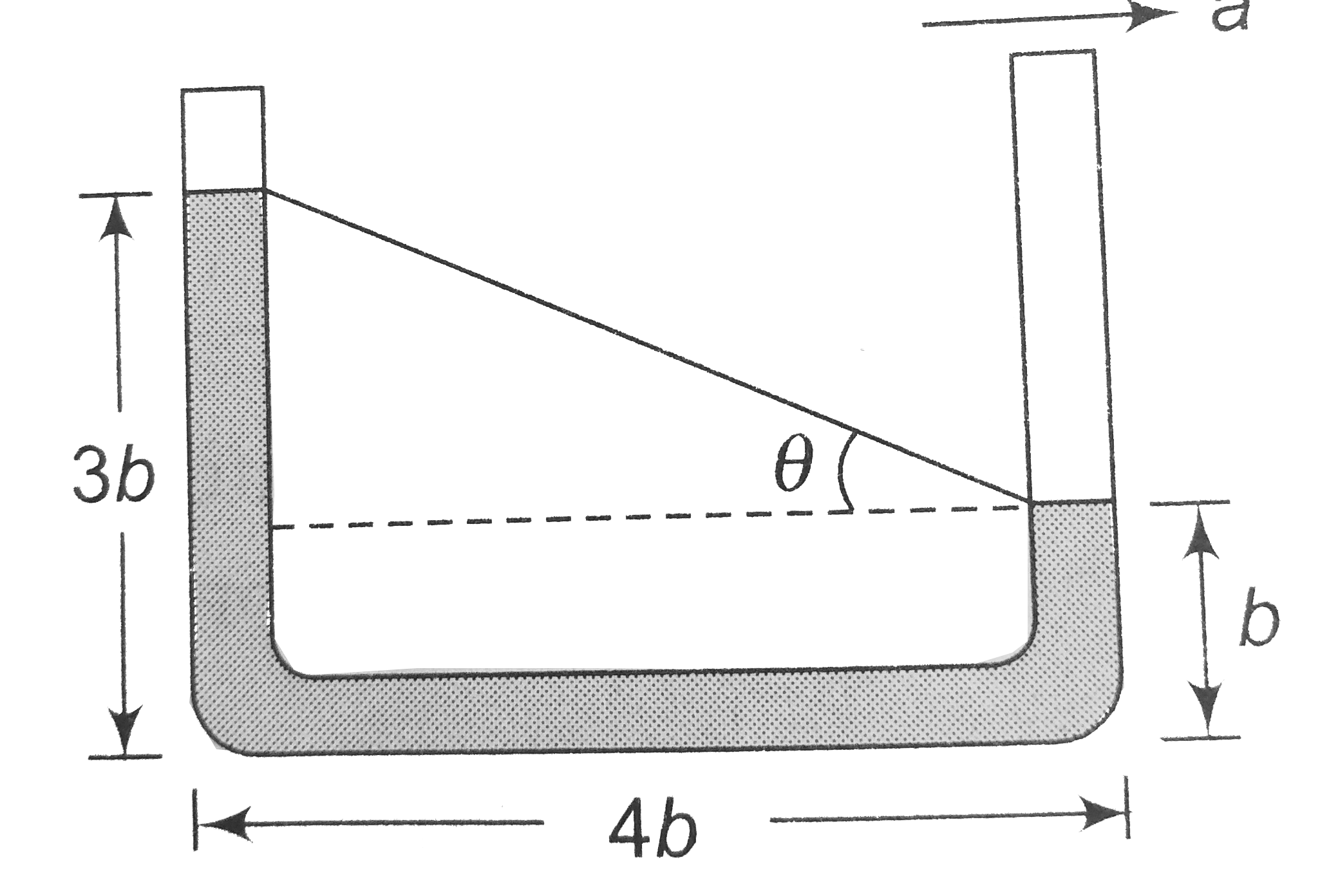For the motion of a projectile in a vertical plane, horizontal acceleration is ____ and vertical downward acceleration is equal to .
To solve the question regarding the motion of a projectile in a vertical plane, we need to analyze the horizontal and vertical components of the motion separately.
1. Understanding Projectile Motion:
- Projectile motion refers to the motion of an object that is thrown into the air and is subject to the force of gravity. It moves along a curved path called a trajectory.
2. Horizontal Motion:
- In projectile motion, the horizontal component of motion is independent of the vertical component.
- The horizontal velocity (Vx) can be expressed as Vcosθ, where V is the initial velocity and θ is the angle of projection.
- Since there is no horizontal force acting on the projectile (assuming air resistance is negligible), the horizontal velocity remains constant throughout the motion.
3. Horizontal Acceleration:
- Because the horizontal velocity does not change, the horizontal acceleration (Ax) is 0.
- Therefore, we can conclude that the horizontal acceleration is 0.
4. Vertical Motion:
- The vertical component of motion is influenced by gravity. The vertical velocity (Vy) can be expressed as Vsinθ.
- The only force acting on the projectile in the vertical direction is the force of gravity, which causes a downward acceleration.
5. Vertical Downward Acceleration:
- The vertical acceleration (Ay) is equal to the acceleration due to gravity (g), which is approximately 9.81m/s2 downward.
- Therefore, we can conclude that the vertical downward acceleration is equal to g.
Final Answers:
- Horizontal acceleration is 0.
- Vertical downward acceleration is equal to g.
- Projectile motion refers to the motion of an object that is thrown into the air and is subject to the force of gravity. It moves along a curved path called a trajectory.
- In projectile motion, the horizontal component of motion is independent of the vertical component.
- The horizontal velocity (Vx) can be expressed as Vcosθ, where V is the initial velocity and θ is the angle of projection.
- Since there is no horizontal force acting on the projectile (assuming air resistance is negligible), the horizontal velocity remains constant throughout the motion.
- Because the horizontal velocity does not change, the horizontal acceleration (Ax) is 0.
- Therefore, we can conclude that the horizontal acceleration is 0.
- The vertical component of motion is influenced by gravity. The vertical velocity (Vy) can be expressed as Vsinθ.
- The only force acting on the projectile in the vertical direction is the force of gravity, which causes a downward acceleration.
- The vertical acceleration (Ay) is equal to the acceleration due to gravity (g), which is approximately 9.81m/s2 downward.
- Therefore, we can conclude that the vertical downward acceleration is equal to g.
- Horizontal acceleration is 0.
- Vertical downward acceleration is equal to g.
Topper's Solved these Questions
Similar Questions
Knowledge Check
For a uniformly accelerated motion, the average acceleration is equal to
AunityBnegativeCzeroDuniform accelerationIf the container filled with liquid gets accelerated horizontally or vertically, pressure in liquid gets changed. In liquid (ay) for calculation of pressure, effective g is used. A closed box horizontal base 6m by 6m and a height 2m is half filled with liquid. It is given a constant horizontal acceleration g/2 and vertical downward acceleration g/2.
What is the value of vertical acceleration of box for given horizontal acceleration (g/2), so that no part of the bottom of the box is exposed?Ag/2 upwardsBg/4 downwardsCg/4 upwardsDnot possibleIf the container filled with liquid gets accelerated horizontally or vertically, pressure in liquid gets changed. In liquid (ay) for calculation of pressure, effective g is used. A closed box horizontal base 6m by 6m and a height 2m is half filled with liquid. It is given a constant horizontal acceleration g/2 and vertical downward acceleration g/2.
The maximum value of water pressure in the box is equal toA1.4MPaB0.14MPaC0.104MPaD0.014MPa
Find the period of oscillation of a pendulum of length l if its point of suspension is
(a) moving vertically up with acceleration a
(b) moving vertically down with acceleration a(<g)
(c) failing freely under gravity
moving horizontal with acceleration a.
View SolutionAssuming all the surface to be frictionless. The smaller block m is moving horizontally with acceleration a and vertically downwards with acceleration a. Then magnitude of net acceleration of smaller block m with respect to ground

View SolutionIf the container filled with liquid gets accelerated horizontally or vertically, pressure in liquid gets changed. In liquid (ay) for calculation of pressure, effective g is used. A closed box horizontal base 6m by 6m and a height 2m is half filled with liquid. It is given a constant horizontal acceleration g/2 and vertical downward acceleration g/2.
The angle of the free surface with the horizons is equal to
View SolutionIf the container filled with liquid gets accelerated horizontally or vertically, pressure in liquid gets changed. In liquid (ay) for calculation of pressure, effective g is used. A closed box horizontal base 6m by 6m and a height 2m is half filled with liquid. It is given a constant horizontal acceleration g/2 and vertical downward acceleration g/2.
Length of exposed portion of top of box is equal to
View SolutionThe acceleration a of the vertical U-tube is

View Solution

